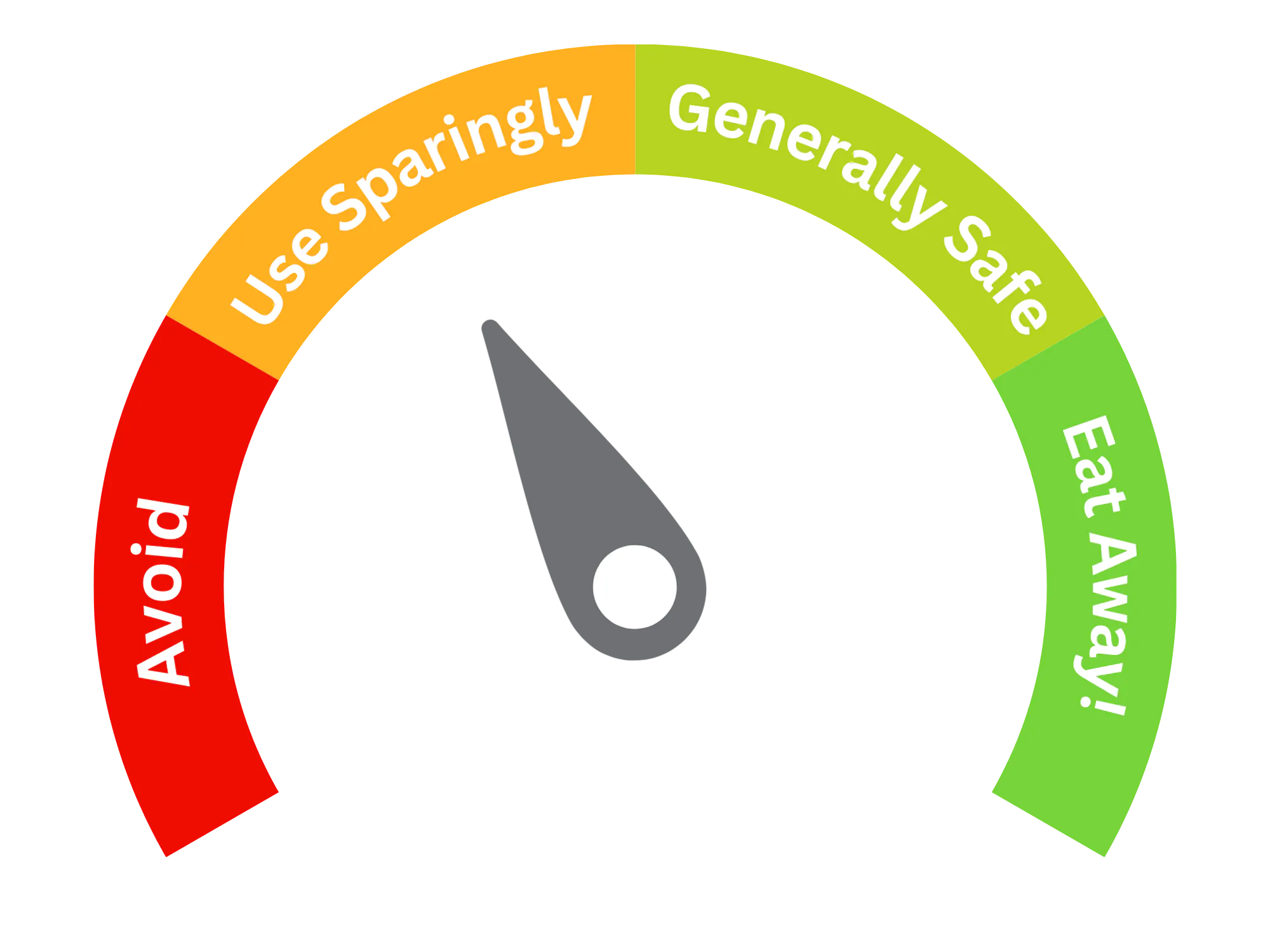Purpose and Function
Ponceau 4R is a synthetic red azo dye commonly used in the food industry to add or enhance color in various products. It serves the following functions:
- Colorant: Ponceau 4R imparts a bright red hue to a variety of food and beverage products. It is often used in candies, soft drinks, jams, processed meats, baked goods, and snack foods. Its strong coloring ability and stability make it ideal for maintaining the visual appeal of processed foods, especially those exposed to heat and light.
- Blending Agent: This dye is often combined with other synthetic colorants to create different shades. For example, it is mixed with other food dyes to produce colors like orange or purple in multi-colored sweets or beverages.
Ponceau 4R is preferred in the food industry due to its high stability and resistance to fading under different processing conditions, making it a popular choice for many brightly colored food products.
Potential Risks and Side Effects
Ponceau 4R, like many synthetic azo dyes, has been linked to several potential health concerns, especially with long-term use:
- Allergic Reactions: Ponceau 4R can cause allergic reactions in some individuals, particularly those with sensitivities to azo dyes. Reported symptoms include rashes, itching, and respiratory issues like asthma. These reactions are more common in people already allergic to aspirin.
- Hyperactivity in Children: Some studies suggest that Ponceau 4R, along with other synthetic colorants, may contribute to hyperactivity and behavioral issues in children. This has led to the requirement in the European Union that foods containing Ponceau 4R must carry a warning label indicating it may affect children’s behavior.
- Carcinogenic Concerns: Animal studies have raised concerns about the potential carcinogenicity of Ponceau 4R. While no definitive conclusions have been made regarding its cancer-causing potential in humans, these concerns have led to tighter regulations in some countries. Ponceau 4R is banned in certain regions, such as the United States and Norway, but is still allowed in the European Union, Australia, and other countries, subject to regulatory limits.

